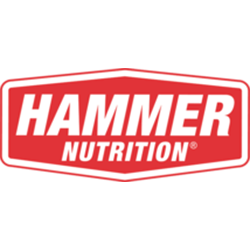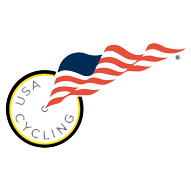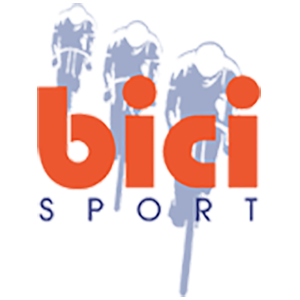Bicycle racing is a fun, exciting and very challenging sport. Crashes are rare, but they do happen. One of the most important parts of your cycling equipment is your helmet. Protecting your head and your brain is a very serious subject and although a bit scary to talk about, it’s important to be sure that we are all prepared to maximize our safety while training and racing.
Of course prevention of a crash is important and that of course is our primary goal. The next step is making sure you have a good helmet that fits you properly. A helmet should not be more than 2 years old. Regulations change over time as do manufacturing techniques. The materials used to absorb the impact of a fall degenerate over time so it is important to replace an old helmet. Also, you should replace your helmet after a crash if there is any sign of impact on the helmet.
Helmet fit is critical. I can’t tell you how often I see people riding bikes with helmets improperly fit. An improperly fit helmet is equivalent to not wearing a helmet. It is not enough to just hang your helmet off the back of your head and think its going to help you when you fall. Here are the important steps to be sure your helmet fits properly.
Size: The size of your helmet should be such that when placed on your head, without the straps, you should not be able to shake it off. If you can shake it off, it’s too big. If it doesn’t fit down over your head, it’s too small.
Straps: The straps of modern helmets have become easier to adjust, but most seem to still struggle with them. The straps should keep your helmet securely on your head and positioned properly, above your eye brows, but now so far back that your forehead is exposed. The chin strap should be snug, not chokingly snug, but snug enough to keep it in place when you need it.
Okay. So you’ve got your helmet securely in place and an accident happens and you go down. If you are knocked out or the person you are with is knocked out, it is a serious situation. Loss of consciousness, heavy or irregular breathing, the inability to talk or answer questions or loss of memory all signify an injury to the brain and warrant immediate medical attention. If someone falls hard enough to knock them out there is always the potential for a spinal cord injury, so be sure to keep the head and neck immobilized and call for an ambulance.
After a concussion, the rider should be evaluated at an emergency room and brought there by an ambulance. A doctor must evaluate the rider and often x-rays and a CT-Scan will be performed to be sure there is no bleeding into the brain.
The rider’s return to riding after a concussion always requires the close supervision of a physician, ideally a Sports Medicine Physician, with expertise in concussions. The risk of return to riding/racing too soon can be catastrophic and should never be taken lightly.
The moral of the story; ride safely, ALWAYS wear a properly fitted helmet, and seek immediate medical attention should you crash and get a concussion, returning to riding only under the supervision of a qualified physician.
http://www.pamf.org/health/special/bikehelmets.html














